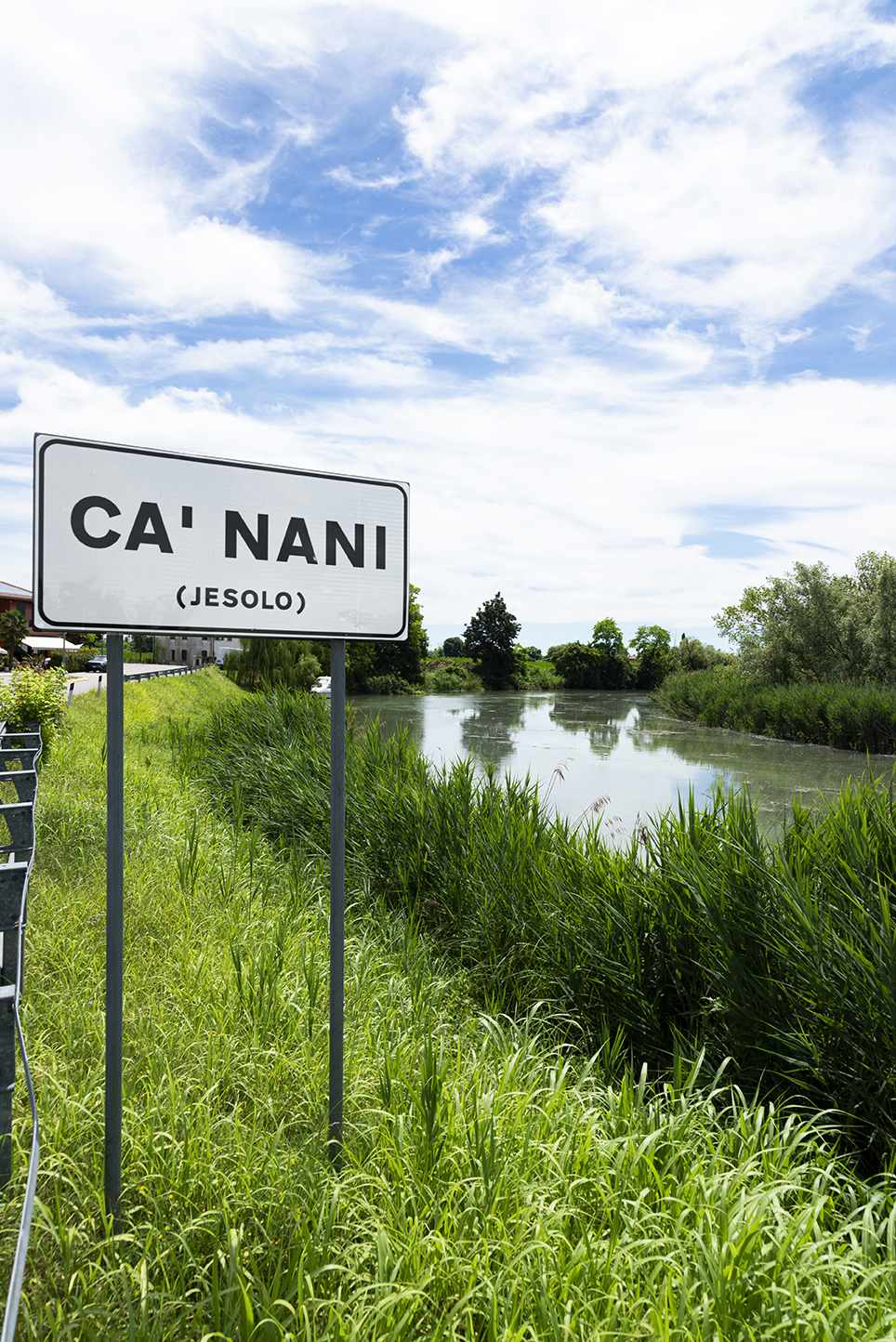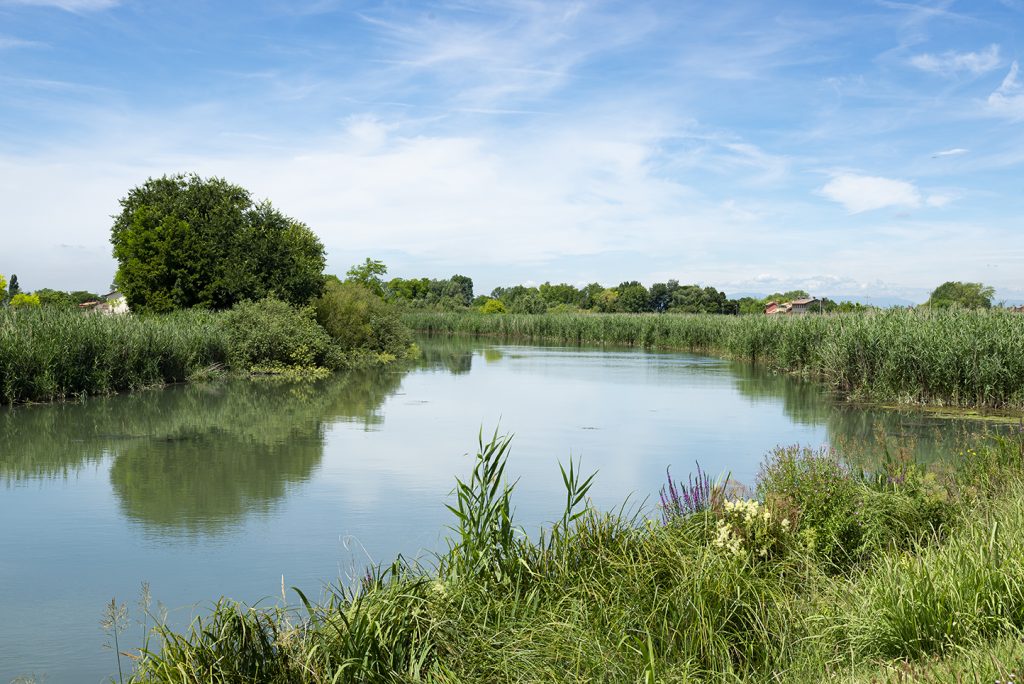
Ca’ Nani in history
by Manuel Pavanello
Situated on the opposite bank of the Sile from Torre Caligo, the location of Ca’ Nani is easily accessible from Jesolo Paese by car taking via Adriatico.
Curiously, this is the only municipal area which is part of the Treviso diocese and not of the patriarchy of Venice. It seems to be an anonymous place, wrapped in tranquillity, and it makes us suppose that it was only recently build…but it really is?
The historical documents which came down to us are written on a durable medium, be it parchment or hemp paper or other textile fibers from 1400 d.C. Sometimes it happens to read about well-known familiar surnames. This is the case of such as Giovanni Battista (shortened Gio Batta) of the family Nani who, in the 1400 , has had litigations with some people who had fished near Dragojesolo (Trago de Jexollo). From these elements we get to know that already in the 10th century the family Nani lived in this zone and had private properties!
Popular belief attributes the origin of the name of this location to the fact that the first inhabitants were short in stature… and strange but true, the two sources support each other. In fact, after the “rebirth of the year 1000” the surname identifies a group of persons by some characteristic like origin (ex. “Padovan”) or physical quality like being tall or short. If the surname in a family is “Nani” (dwarf) it is likely that the progenitor was, in fact, very short and so were also other family members. Evidently this family group was the first to settle down there being numerous enough to give their name to the whole area.
Nothing relevant happened till the 20th century when this territory was reclaimed by the consortium of defense and drainage Cavazuccherina which, after having drained more than 1.850 hectares of land, permitted the settlement for other families who dedicated themselves to the cultivation of cereals.
Not only this: the fury of the First World War did not even spare this zone which was flooded by the river waters after having been destroyed and occupied by the Austro-Hungarian army. During the battle of the solstice (21st June 1918) the Italian army reoccupied Ca’ Nani which became Italian once again. With the post-war reconstruction the agricultural activity restarted… and with this we arrive at the present.








